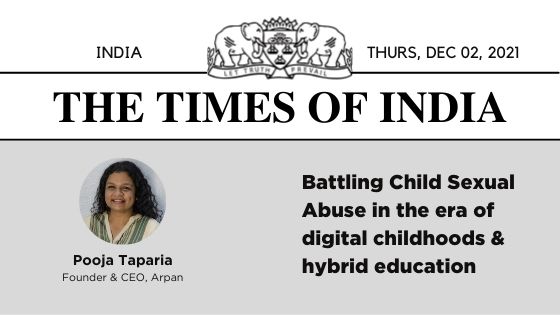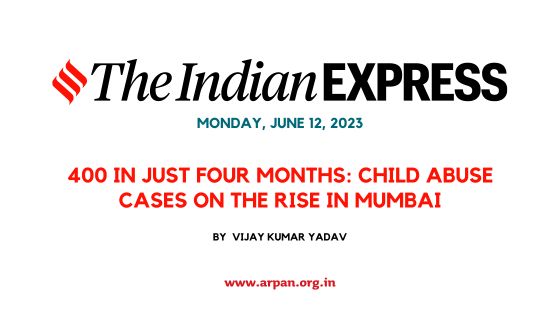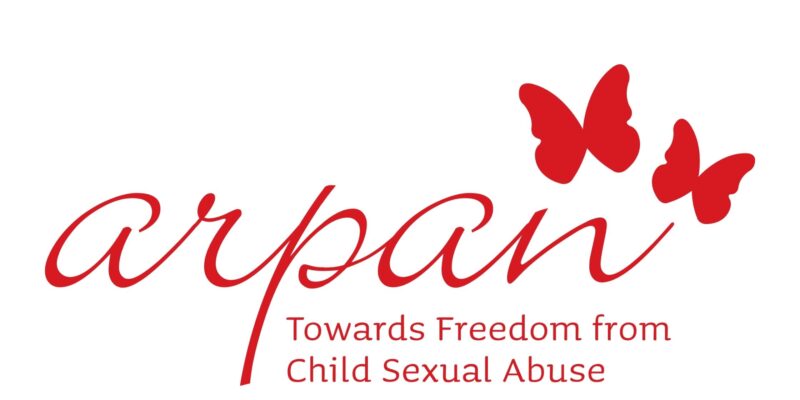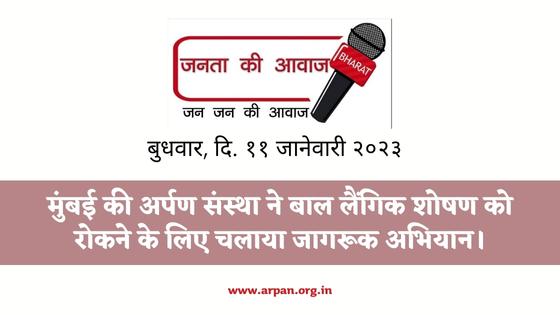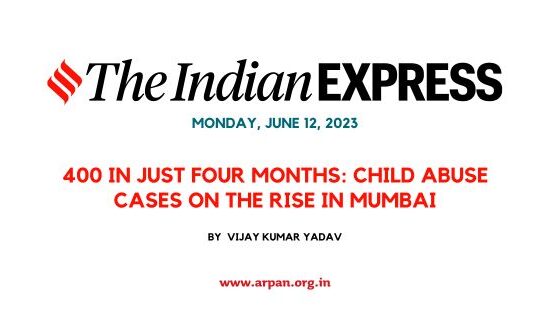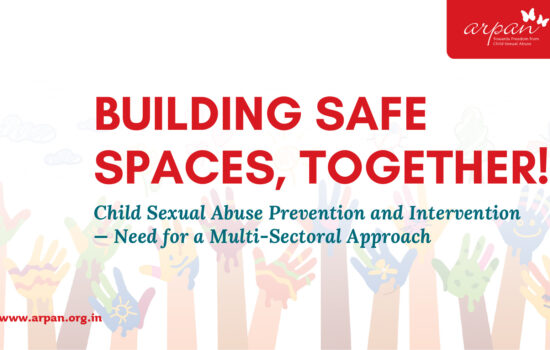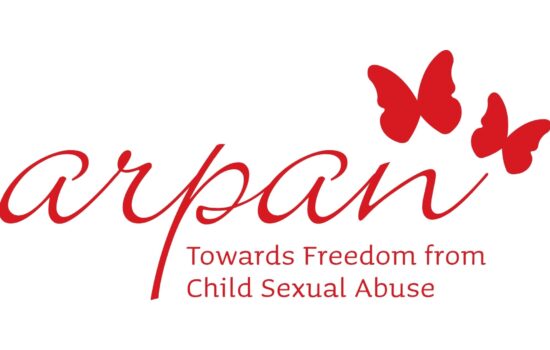You can read the article on Times of India
Divya, a 15-year-old schoolgirl, wraps her last class for the day. She is about to shut her laptop when she receives a video call from her best friend Preeti. Also of the same age, Preeti is excited to tell Divya, a secret she’s been keeping for a long time. She tells her that during the lockdown she had gotten into a “friendly relationship” with a boy on a social media platform. They had been texting regularly, had gotten extremely close in a short span and on the first day of school reopening, she would meet this stranger boy on her way back from classes at a location decided by him.
Divya, who had recently received training on personal safety, was empowered to differentiate between a safe and unsafe situation, she immediately feels alarmed by what’s going on with her best friend. She soon conveys her apprehension and asks her friend how sure she was of the boy’s identity. She questions, “Have you ever verified any information that this boy has given you about himself? Do you have any common friends? Has he been tagged in any pictures along with his friends?” and the list continues. Eventually, Preeti confesses that there was very little she knew of the boy and post the conversation, she decides to confront the boy. Angered, he “breaks up” and soon blocks her on all social media platforms.
What perhaps was happening with the teenager here is called ‘catfishing’. In simple words, catfishing is luring someone into a relationship by using a fictional online persona. Here abusers tend to establish contact with children through social media profiles or gaming forums and groom them. Grooming, on the other hand, is a process by which an abuser draws a victim into a sexual relationship and maintains that relationship in secrecy. This can happen both online & offline.
CSAM (abbreviation for Child Sexual Abuse Material) is often an output of online/offline grooming.
It refers to possessing, producing or distributing images and/or videos of Child Sexual Abuse and can be found online in huge numbers these days. As the digital sphere has expanded and technology has advanced, online bullying, especially sexual bullying, is another threat that has become increasingly common.
We are in a world of digital childhoods that has only exacerbated the digital threats that children are exposed to. But unlike Divya, not all of them are equipped to handle similar situations.
Moreover, the pandemic has increased the risk for online Child Sexual Abuse. There are many children out there who are victims of different forms of abuse that spring online but soon move offline or vice versa. During the pandemic as the world went digital, technology acted as an agent of change for society, allowing us to work, play, learn, stay connected with each other but the unfortunate development was that abusers too moved online and used digital tools to continue this abuse. These numbers from The 2020 Global Threat Assessment Report by WeProtect Alliance highlight that in the past two years, the reporting of child sexual exploitation and abuse online reached its highest levels with a phenomenal increase in the incidence of online grooming. The same report also shows a 95% increase in searches for CSAM during the pandemic. The National Crime Records Bureau (NCRB) 2020 data has shown a steep 400 per cent increase in cyber-crime cases committed in comparison to 2019, with most of them relating to publishing or transmitting of materials depicting children in a sexually explicit act.
With the onset of hybrid education, there is no doubt that children are spending more time online more than ever before. Increased screen time naturally elevates their threat to online sexual abuse. But can we eliminate complete access to online education and interrupt learning? That’s not a possibility anymore! The advent of digital technology in education or ‘Edu-tech’ as commonly known, has already changed children’s lives and life chances. It has been a silver bullet for countless children who would have otherwise been left behind.
Therefore, while you cannot eliminate the usage of devices for learning, what is possible for us, is to build a safe digital environment for our children. One aspect of this is to come up with technological fixes to prevent abuse, which, I see, has become a priority for tech companies. In my experience, of working on the prevention of Child Sexual Abuse for 15 years, building awareness and having an open channel of communication is most crucial and this doesn’t change in the context of online abuse as well.
An insightful, nuanced and collective response to online sexual abuse of children is the call of the hour. This is because Child Sexual Abuse as an issue has layers of complexity to it. As a result, different types of sexual abuse cannot be handled by segregating them into isolated categories; for example, often CSAM that is transmitted & published online is the result of ‘contact abuse’, where a child has been abused in person. If we look back at the illustrative case that I have shared right at the start of this article, there is a good possibility that Divya’s friend was being groomed online but would have been later abused in person. Technology has also almost erased all geographical barriers so it’s possible that the abuser is located miles away, living in a completely different part of the world but is still able to abuse and harm a child. Online sexual abuse also subjects a child to revictimization as there is a possibility of the image being transmitted and published even after the actual abuse has stopped. Consolidation of our understanding of these nuances and inter-relations will help us to respond to the problem with efficiency and by ‘respond’ I mean a preventive step rather than a remedial one.
I cannot emphasize enough the importance for all adult caregivers, parents and teachers to educate children on Personal Safety – they must have these discussions openly and without fear, shame or guilt. To integrate Personal Safety into the educational curriculum would go a very long way in ensuring that all children are empowered with this very important knowledge and skill. Parents not only need to keep a check on what’s happening in their child’s physical surroundings but also the virtual world, teachers need to be better equipped with identifying signs of abuse as kids return to school, children who have been violated need to be supported with counselling in partnership with not for profits active in this space. The government needs to tighten Child Protection mandates; Edtech Platforms need to adopt comprehensive Child Protection Policies & most importantly social media giants need to intensify the fight against child sexual abuse content.
To combat Child Sexual Abuse in today’s age of digital childhoods, we need a unified voice, as well as an inter-agency collaboration involving governments, civil society, communities, ed-tech and online service providers.

